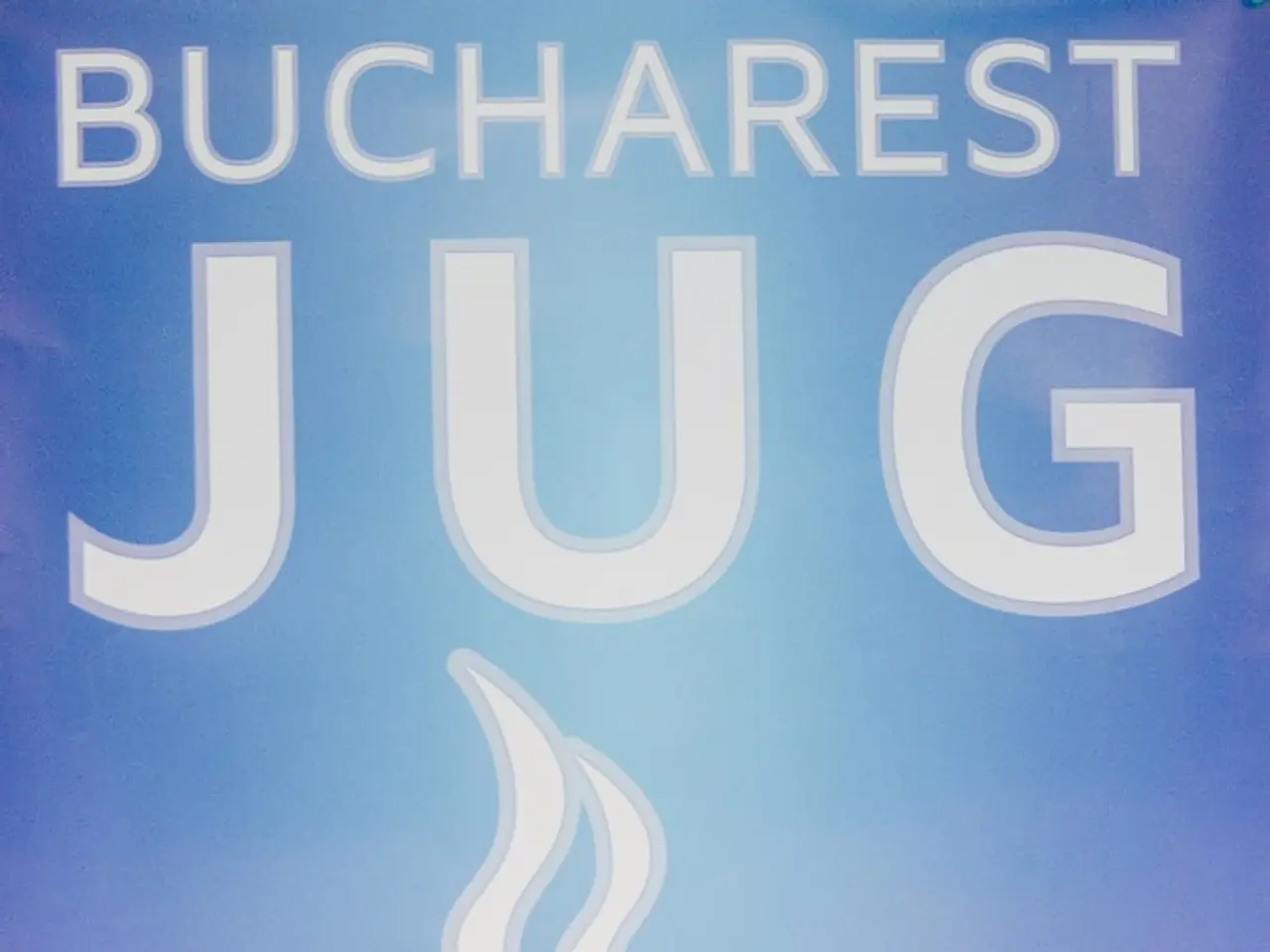Direct execution of the initial trade transaction on a live blockchain platform
**Barclays Pioneers Blockchain-Based Global Trade Transaction System**
Barclays, a leading global bank, has made history by implementing blockchain technology for trade transactions, revolutionising the trade finance industry. In a groundbreaking move, Barclays and Wave, a beneficiary of the Barclays Accelerator programme, executed some of the first blockchain-based trade transactions, digitising and streamlining processes that were traditionally manual and prone to inefficiencies and fraud [1][4].
The innovative system addresses a real problem in the trade world by speeding up transactions, reducing delay-related costs, optimising internal processes for banks, and minimising the risk of documentary fraud. The transaction, though relatively small in amount, involved the export of butter and cheese from dairy co-operative Ornua in Ireland to the Seychelles [3].
The transaction took just under four hours to complete, compared to the usual 7-10 days, demonstrating the potential for significant time and cost savings [2]. The documents themselves did not go into the distributed ledger; instead, they remained inside the Wave system and were completely secure and commercially protected [1].
Barclays used a platform developed by Wave for the cryptographic signing of digital documents, including certificates of origin, certificates of insurance, commercial invoice, bill of lading, and more [2]. The decision to use the SWIFT system for the Letter of Credit (LC) was made because there is nothing wrong with the system; it is already digital and efficient [1].
The LC itself was still issued through the SWIFT system, and funds were released in a traditional manner. However, payments are not yet taking place across the blockchain, but eventually, they will [2]. Barclays plans to onboard other banks and financial institutions to facilitate broader adoption of the operational platform [2].
Following the announcement, a large European bank has already requested to join the platform, and Barclays will use networking opportunities at the upcoming Sibos event to continue spreading the word about the platform [2]. The concept of using blockchain technology for trade transactions was developed and tested in less than a year, which is faster than what was initially expected [2].
The adoption of the platform could happen quickly if partnerships are prioritised over a competitive approach. However, alongside these advantages, the bank must navigate technical, regulatory, and collaborative challenges to fully realise blockchain's potential in trade finance [1][4].
Some of these challenges include integration complexity, regulatory and compliance issues, risk management, and adoption barriers [1][4]. Despite these challenges, Barclays' use of blockchain in trade transactions has transformed traditional trade finance by enhancing transparency, reducing fraud, and lowering costs through automation and real-time tracking.
References: [1] Barclays. (2021). Barclays and Wave collaborate to pilot blockchain for trade finance. Retrieved from [2] Barclays. (2021). Barclays and Wave complete world's first live trade transaction using blockchain technology. Retrieved from [3] The Irish Times. (2021). Barclays completes world's first live trade transaction using blockchain technology. Retrieved from
The groundbreaking blockchain-based trade transaction system developed by Barclays and Wave has brought a significant shift in the technology and finance industries, digitizing and streamlining traditionally manual and inefficient trade processes. The system, leveraging blockchain technology, addresses financial industry concerns such as delay-related costs, documentary fraud, and operational inefficiencies within trade finance.




